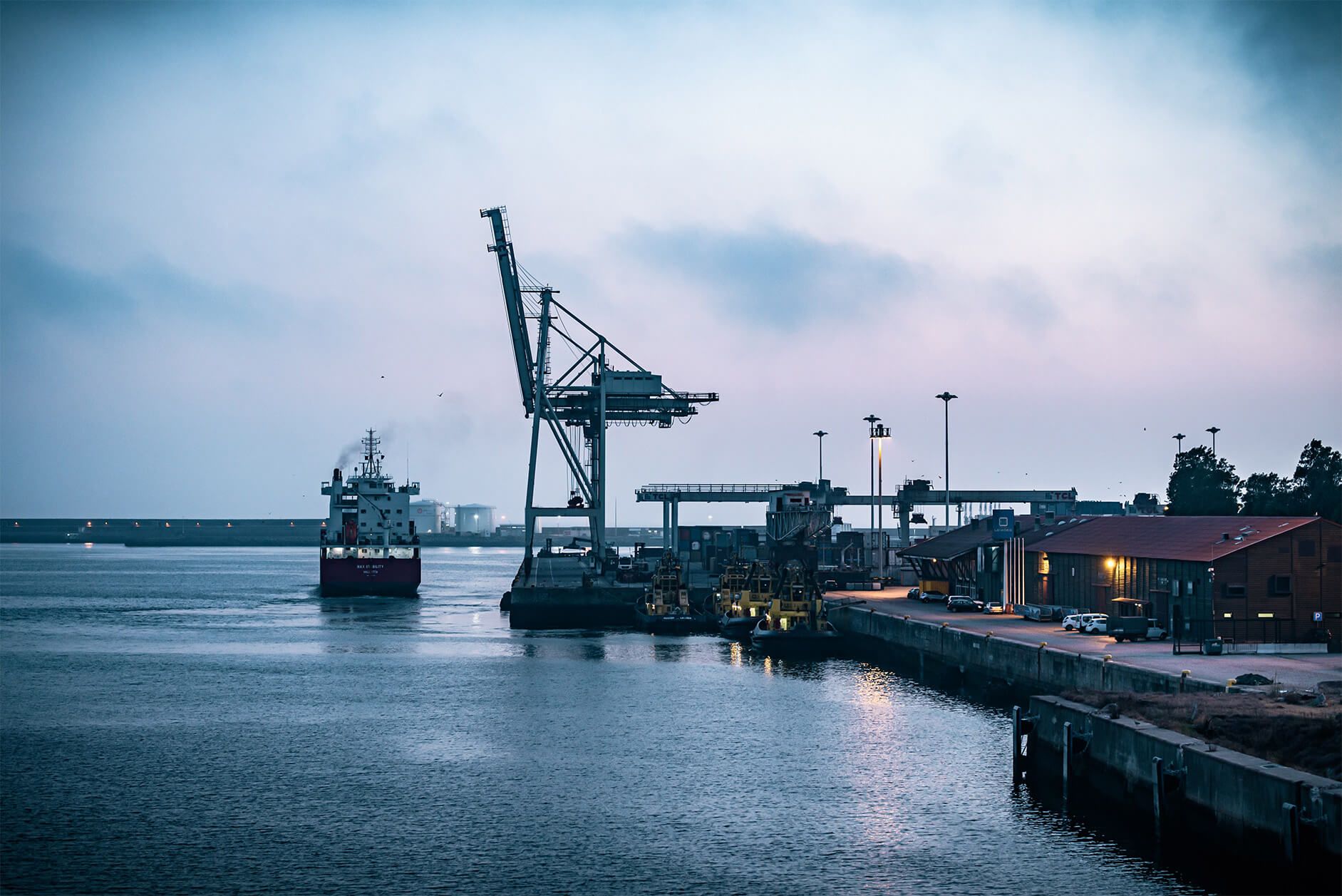BLOG
Telecom26 blog
How IoT is transforming the shipping industry – on land and sea

The analysts point out that COVID-19 “has made logistics and transportation very much a C-suite issue” with the industry hard-hit by reduced demand for raw materials and finished goods during COVID-19. They conclude that:
- full recovery (for freight and logistics companies across the world) will take about three to five years, a rough patch during which these companies will be severely tested.
- the recovery will differ by transportation mode - truck, air, ship, train - and also by commodity. However, truck shipping is “likely to recover faster than other modes” because trucks tend to carry essential basic commodities such as agricultural products and food.
McKinsey also state that “the companies that can innovate and outperform their peers will have a chance to shine” and that “digital is changing the way that carriers interact with customers, raising the bar for speed and experience”.
Although the global shipping industry transports 90% of raw and finished goods used in the world from one place to another, it has been remarkably slow in adopting new communications tools.

Telecom26: our current role in the food supply chain - ships and trucks
We’re currently focused on enabling smart transportation by using our IoT transport portfolio to improve communications on-board ships and trucks.
You can read here about how our multi-IMSI global SIM cards are being used to provide maritime connectivity to leisure yachts, fishing boats, cruise ships, tankers and cargo ships of all shapes, sizes and countries of origin.
Put simply, sensors are so cheap these days that they are practically throwaway - and it’s a fairly straightforward process to attach them to a container so that owners can monitor their goods. The problem arises in the transmission of the information collected by the sensor. Most container sensors have an integrated cellular modem, however these are currently under-utilized due to SIM logistics and profiles for coverage.
Maritime freight and cargo IoT connectivity
Telecom26’s Multi-IMSI global SIM cards and smart routers enable the sensors located inside a container to access the best network available at a particular time in any area. And, connectivity continues when goods transfer to rail or trucks for onward delivery to their final destination. So, end-to-end coverage is delivered – from start to finish, ensuring key data can be captured at every point and that your freight and cargo is monitored throughout the voyage.
When coverage is visible, Telecom26 can connect to it and, when another signal is available, we can determine which is the better network to provide service. And, where coverage is needed but not available, Telecom26 can deploy a private network with VSAT backhaul.
By automatically switching between networks, our global SIMs provide the owners of containers with up-to-date information about the location of their precious cargo whether it is on land or sea.
As the McKinsey concludes, “transportation is a business that has gone relatively undisrupted for decades” with high barriers for new entrants. Margins are tight and price competition is fierce.
However, embracing digital technologies to provide added-value to customers will be a key differentiator moving forward. But don’t take our word for it. McKinsey again: “There is no better time (for freight companies) to make the leap (to digital technologies) than right now”.
If you would like to learn more about how Telecom26 can help your maritime fleet then please click here. And for more information about our IoT offering including IoT transport please visit here.



